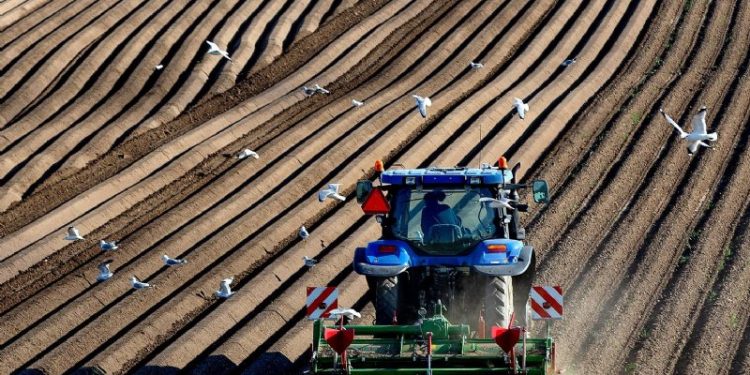French fry growers are raising their contract prices for growing potatoes by 30-40 percent compared to last year. Next season, Sensus will pay €20/ton more for chicory and will significantly improve delivery conditions, but it is just as difficult to create sufficient acreage. Vegetable processors are also willing to pay more and are diligently looking for contract producers.
Times have changed, says LTO director and farmer Hendrik Jan ten Keith. “Indeed, there is a kind of hunger for raw materials. This year I had more purchases of potatoes in my garden than usual. Belgian processors are especially active due to the disappointing harvest last season in their own country. So they provide a price effect. ‘
Researcher Bas Janssens of Wageningen Economic Research acknowledges the Ten Cate situation. He notes that OTC consumer potato prices in fall 2022 are more than 50 percent higher than in 2021 and as much as three times higher than in 2020. This is evidenced by food price monitoring data on the Agrimation website.
Other crops now have to compete with higher cereal balances.
This shows that the potato market has changed from supply to demand in a short time, Janssens says. “Where processors used to win, we now see a better position for the producer.” According to the Business Economist, the increase in contract prices for crops is due, among other things, to lower yields in 2022, the announced agricultural policy and the expansion of processors’ capacities.
As for grains, Janssens also sees the crisis in Ukraine as an important reason. ‘Cereals still play a key role in the Dutch building plan. Higher balances make growing more attractive and now other crops have to compete with it. This applies to industrial vegetables, for example.’
contract chicory
Sensus recently went to cosun.nl calling on beet growers to also sign a contract for chicory for the 2023 season. According to the processor, the market needs inulin, and therefore he has invested in expanding the production capacity of the plant in Roosendal. Agromanager René Schunselaar of Sensus says that the expansion of the contract area has the highest priority. Just over 3,500 hectares of chicory were grown in the Netherlands last year. He expects this to only expand in the coming years.
The mood in the potato market is also largely driven by growing demand. French fry producers are showing they need more raw materials. Trading house Nedato has calculated that French fry production in the Netherlands and Belgium will be able to process about 1 million tons more potatoes in the coming years thanks to capacity expansion. This roughly means that the processing capacity in both countries will increase from 9 million tons to 10 million tons. In addition to the Netherlands and Belgium, this potato is also grown in northern France and southern Germany.
For the 2023 harvest, Farm Frites is increasing Fontane’s fixed-price maritime contracts by more than 40 percent to €17.50 per 100 kilos. For delivery in the 17th week, the processor pays 24.65 euros per 100 kilograms, which is 35 percent more than last year. Lamb Weston is also raising contract prices by 20-40 percent, and is also choosing to buy potatoes 35mm and up instead of 40mm. This means that most of the potato mass is classified as suitable for frying.
Changed roles
For french fries grower Hendrik Jan ten Keith of Poortvliet, Zealand, french fries are an important market product. He says that for his Innovators with delivery in April 2024, he can sign a contract worth 26.50 euros per 100 kilograms. This is 6 euros more than the potatoes he grew under the contract last year. ‘The roles have been reversed. Ten years ago we got a contract, now we have a lot to choose from.’
The farmer gets the impression that the higher price level is not an accident. “On the one hand, the demand for potatoes is growing because the potato industry is investing heavily in expanding production capacity. In addition, government policies are increasing pressure on good agricultural land. So the market is becoming more and more tight, and now this is leading to higher prices “.
Bas Janssens of Wageningen Economic Research finds it difficult to predict whether the current price level will be structural. “There is a seasonal effect here.








